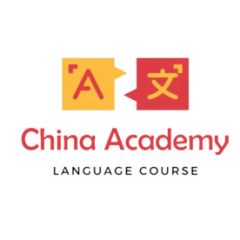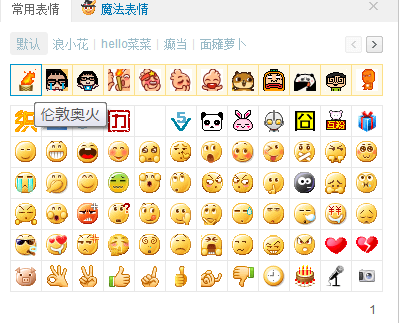Product categorization is indeed the cornerstone of the compliance assessment of every food product – whether imported into China or locally produced.
Product categorization basically means identifying – for a specific food product – what regulatory category it fits. In China, this may be not obvious as Chinese system foresees several systems of categories, depending on the specific regulatory perspective we consider.
For example, we have:
- Standard of identity: it is the general and absolute legal denomination of a food product. It is usually provided in national standard (GB, and/or GB/T) or industry association standard (QB/T).
- Classification for additive use purpose: this is the food category amongst those provided in Appendix E of GB 2760;
- Classification for pesticides residue compliance purpose: this is the food category amongst those provided in Appendix A of GB 2763;
- Classification for contaminants residue compliance purpose: this is the food category amongst those provided in Appendix A of GB 2762;
- Classification for pathogens compliance purpose: this is the food category amongst those provided in GB 29921.
Although those different classifications systems are in general aligned, there are often cases in which the categories do not match each other.
For example, dehydrated egg powder has a standard of identity under GB 2749 of “dry egg product” that in theory does not allow any other ingredient than egg; however, for additive use purpose, dehydrated egg powder can be classified under category 10.03.01 which in theory does not exclude other ingredients.
Categorization can be – depending on the product – a very hard phase to clear.
Let’s consider, for example, a product whose ingredients are egg powder, salt, fibers, flavorings, tomato powder. Each of these ingredients is allowed; however, how can we categorize the product?
From a standard of identity point of view, “Egg product”, under GB 2749, only includes egg as ingredient. Condiment mix requires at least two condiments as (main) ingredients (of which, in this case, we have only one: salt). Tomato powder – defined under NY 957 – does not include other ingredients. Solid beverage would require solubility of all of these ingredients and – in theory – final use for drink preparation.
As you can see, it can be a not obvious task…
Consequence of a correct product categorization as crucial.
First of all, it has major labeling impacts. Just to start, it determines on the product name to be declared on the label – a mandatory item on food labeling.
Moreover, it may impact on the exemption of some labeling items. For example: best before date, which is not required for specific food categories such as alcoholic beverages ≥ 10%, vinegar, salt, sugar in solid form and monosodium glutamate.
Again, it can determine whether the nutritional label is required or not. Think of a sparkling (with CO2 addition) water, which cannot meet the specific requirements for mineral water. It then needs to be classified as carbonated drink, as such category allows use of additive CO2. At this point, the nutritional label is also required (which would have not, under the classification as mineral water).
Secondly, it determines what additives are allowed for this food and which are not.
For example, a product belonging to the category “coarse cereal powder” (i.e. powdered products made from milled coarse cereal) does not allow use of additives such as carrageen or ascorbic acid; while if the product is classified as “coarse cereal product” (i.e. food made from coarse cereal, or coarse cereal powder) or a “other cereal product”, it allows those additives, as well as all the other additives listed on Table A.2 of GB 2760. The difference between coarse cereal powder and coarse cereal product might – indeed – be very small: the process (milling), or even just the addition of other non-cereal ingredient to the powder.


